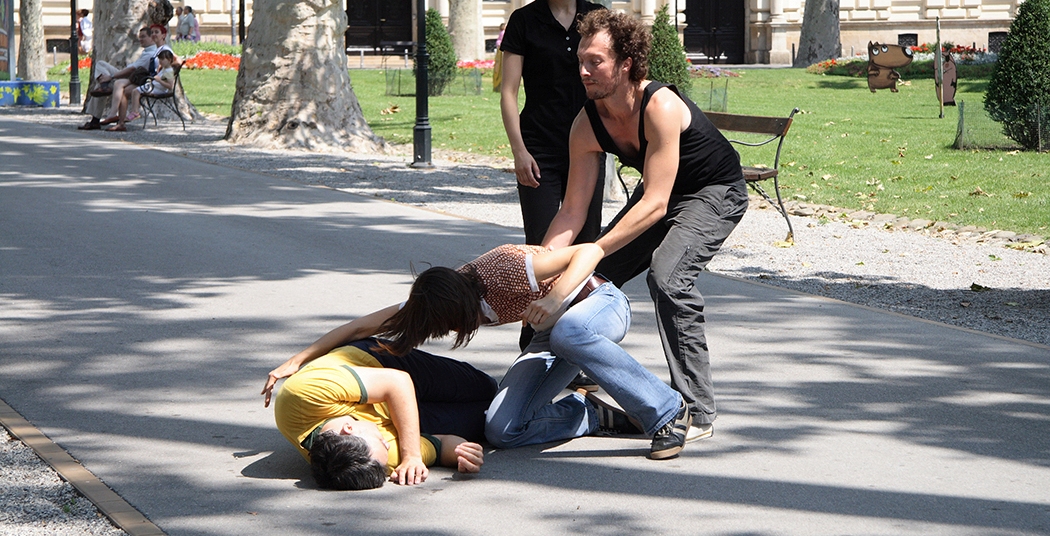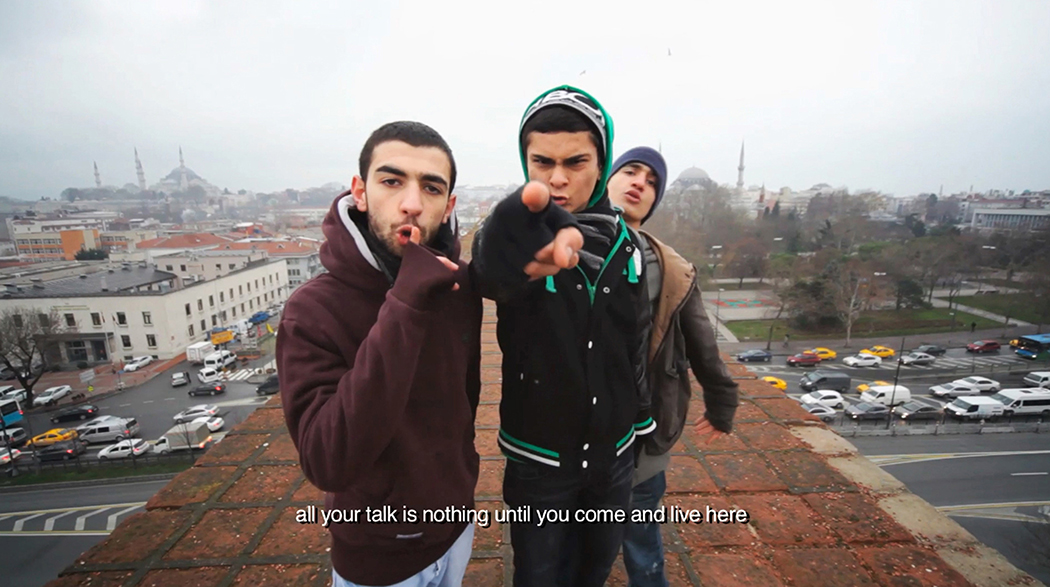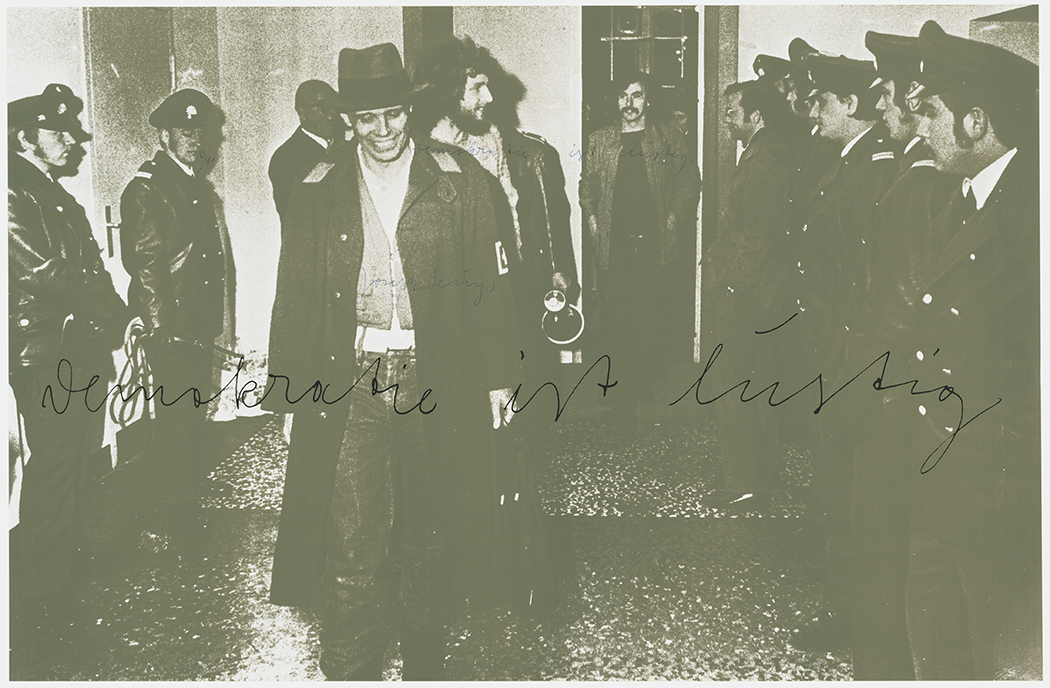
Zero Tolerance
The concept of ‘zero tolerance’ was introduced in the 1990s by New York’s former mayor Rudolph Giuliani. Without considering extenuating circumstances, this policy gives a free hand to policing authorities for repressing minor crimes or nonconformist behavior. It revisits social problems in terms of safety, as recently illustrated by the violent police killings of unarmed African-Americans suspects committing minor violations and low-level offences. Gloomily, improving the quality of life has manifestly become the end to justify the means to selectively bash and hound citizens and minority communities. Not only in the United States, but all over the globe.

MoMA PS1 addresses this topic with an eponymous show. Zero Tolerance is a somewhat whimsical exhibition, which goes into various directions, grapples with different forms of protest art, but never takes a clear position. While many of the artworks are powerful and worth seeing, it feels like a lost opportunity to not start a thorough debate at times when distinct cases of zero tolerance exceeding common sense are surfacing. It goes without saying that concepts translated too literally are a lost cause in the world of contemporary art, but sometimes it simply all comes down to focus what’s at stake. Instead we are led along a juxtaposed lining-up of works from different eras and places around the world, all somehow subverting restrictive policies targeting different groups, be it gay pride marchers, oppressed citizens or illegal immigrants.


Igor Grubics video installation combines footage of the first gay parades in Zagreb and Belgrade, repeatedly plagued by neo-Nazi attacks, with dancers performing repressed indignation through their movements. A similar concern is shared in Russia, where Pussy Riot, the feminist punk rock protest group, staged a provocative guerrilla performance in Moscow’s Cathedral of Christ the Savior, singing anti-Putin songs, before being arrested and charged with hooliganism. In Breathing (1996) Beijing-based artist Song Dong lays facedown on the cold pavement of Tiananmen Square for forty minutes to produce a thin layer of ice, breathing new life into the site of the massacre. Amal Kenawy’s The Silence of Sheep (2009) documents a horde of artists crawling through Cairo, commenting on citizens’ submissiveness and the problems of authoritarian control. A photograph of Christoph Schlingensief’s staged action Please love Austria shows the large container where real asylum seekers lived before being voted out of the country, satirizing popular reality TV shows like Big Brother. Harun Farocki and Aderi Ujica’s Videograms of a Revolution (1992) is a compilation of amateur and TV footage of Romanian protests during the December 1989 Romanian Revolution. The list goes on and on.
While a few of the artists bring back what was silenced back in the world of the common through their political aesthetics, the greater part of the works seem to be attempts to intervene directly into the space of police consensus, entering the realm of bad politics. In times of draconian laws and zero tolerance, it is essential that art goes beyond politicized contexts, conjuring up different dispositions of everyday life, and proposing new forms of human existence. Perhaps the focus of a next exhibition could be exactly this.
Laura Herman is an art critic and curator from Belgium currently based in New York
Zero Tolerance, MoMA PS1
October 26, 2014 – April 13, 2015
Laura Herman


